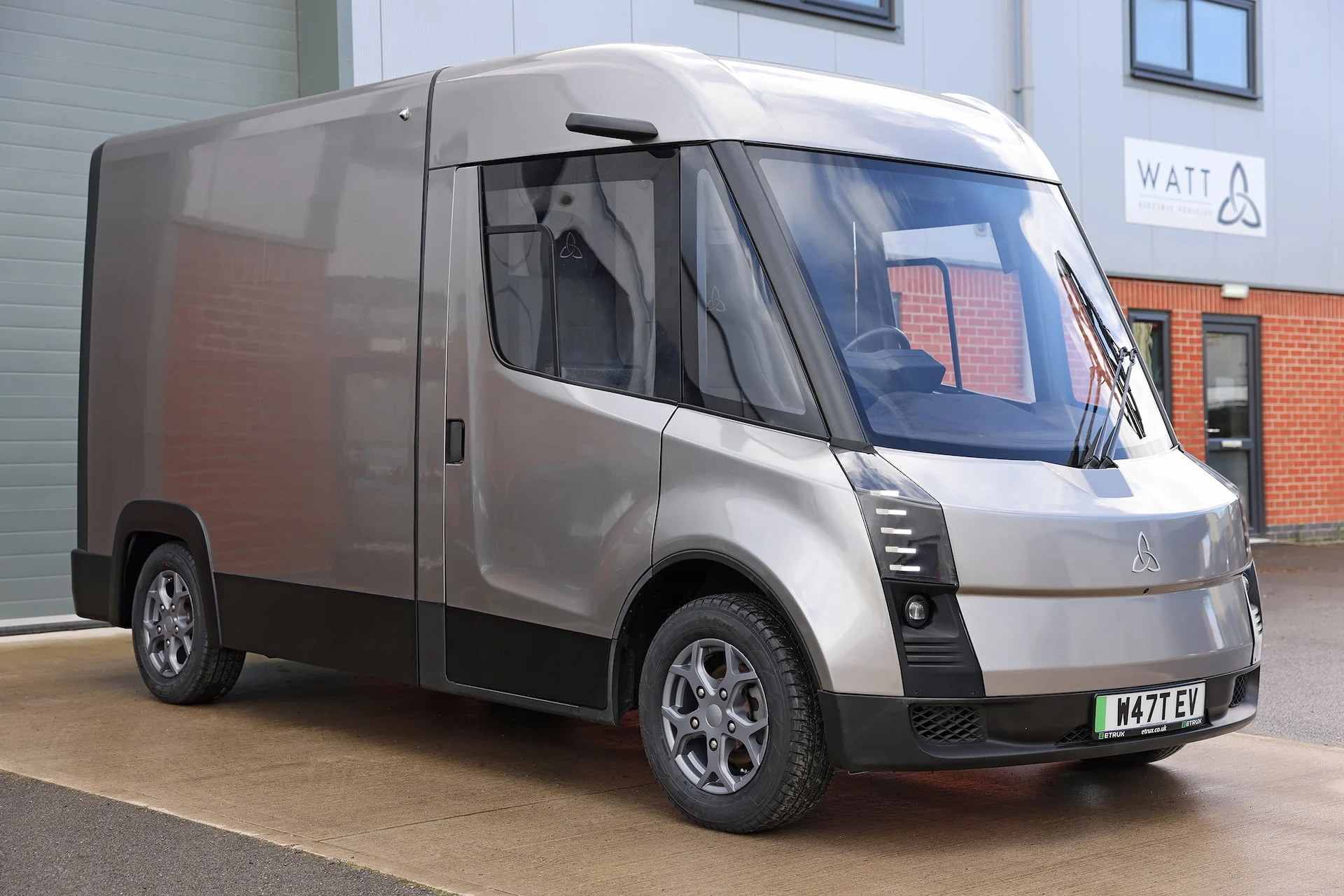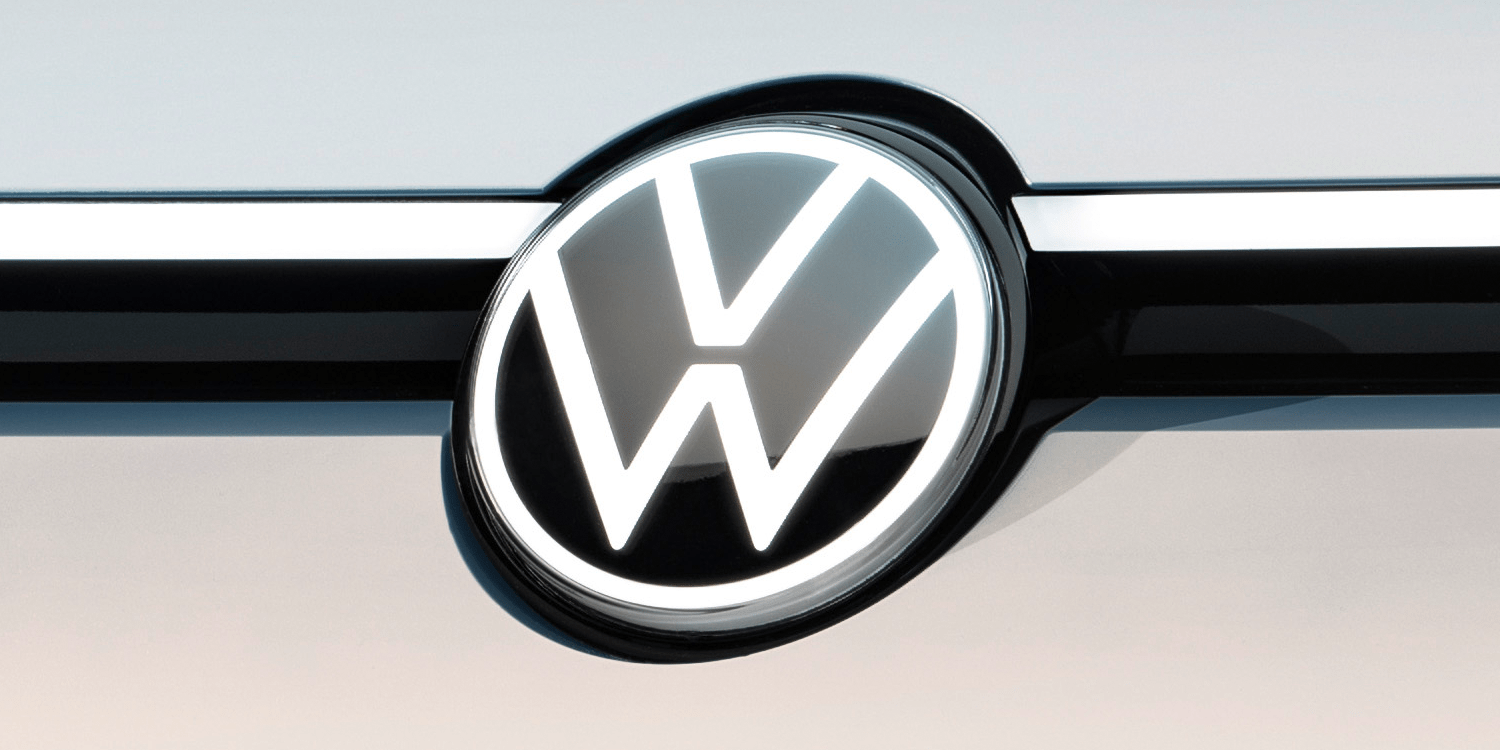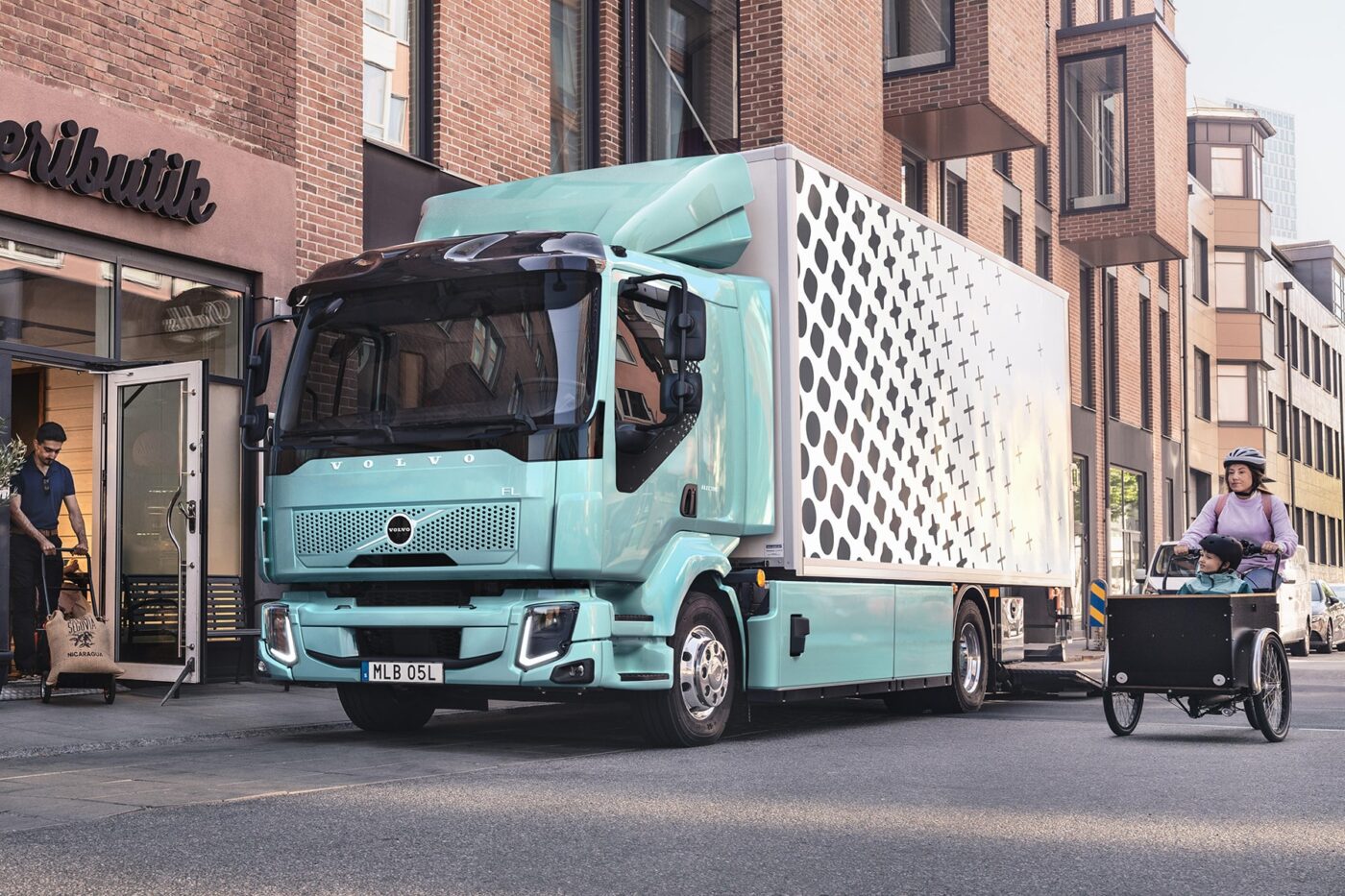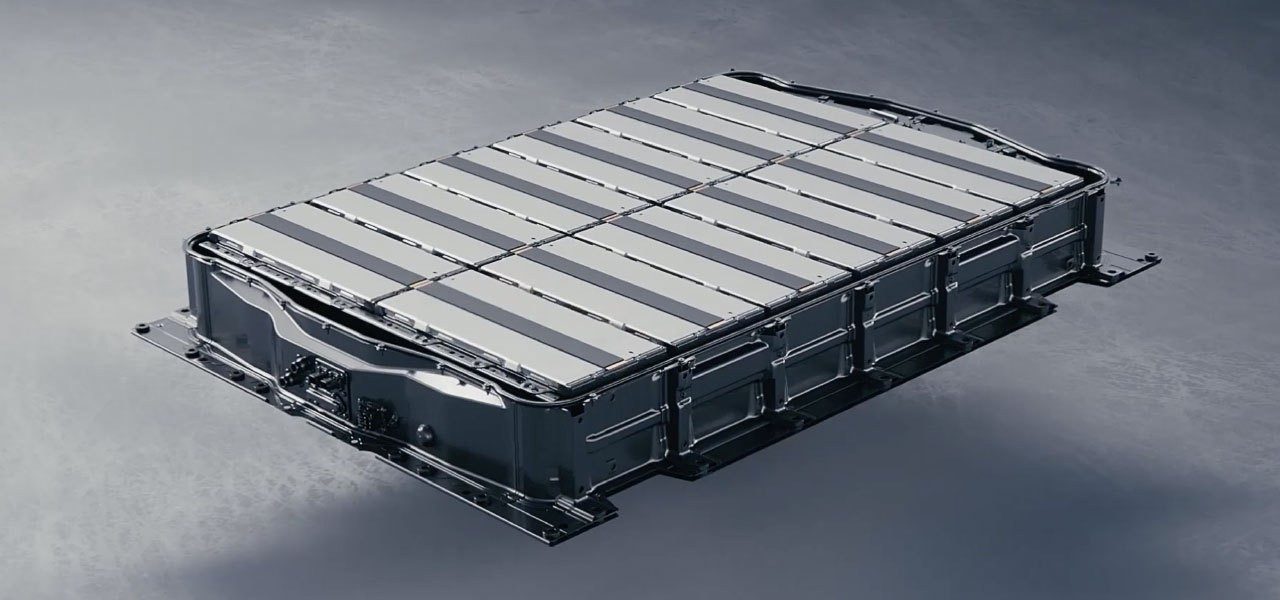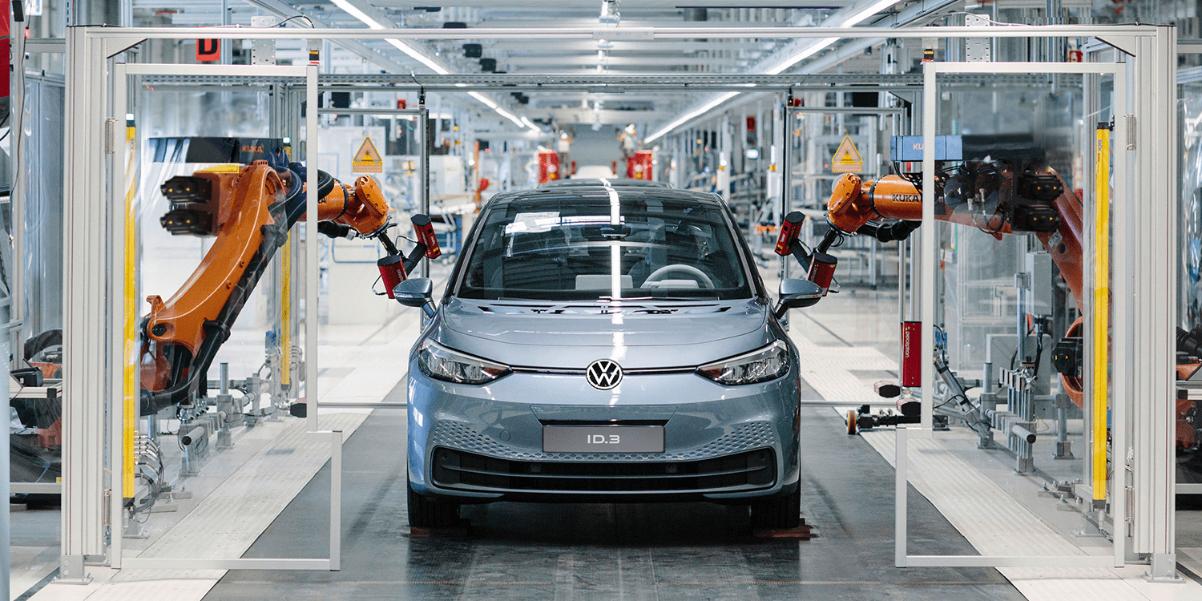Aluminium producer Hydro (NHY.OL) and UK-based Watt Electric Vehicle Company (WEVC) announced on Wednesday their joint initiative to explore the use of recycled and low-carbon aluminium, aiming to align with the climate goals of WEVC’s potential commercial electric van customers.
Hydro’s low-carbon aluminium, produced using renewable energy, boasts a commendable CO2 footprint of 4.0 kg per tonne, significantly lower than the global average of 16.7kg. The collaboration between Hydro and WEVC extends to evaluating the incorporation of recycled aluminium in the manufacturing process.
The anticipated outcome is a remarkable 50% reduction in the carbon footprint of WEVC’s eCV1 electric van, with the intention for the aluminium components to be returned to Hydro at the end of the vehicle’s lifecycle.
Paul Warton, Executive Vice President of Hydro Extrusions, expressed enthusiasm for the initiative, stating, “Cutting the embedded carbon footprint of an electric light commercial vehicle in half is a huge step forward for more responsible manufacturing.”
WEVC, headquartered in Cornwall, southwest England, has engineered a lightweight electric van utilizing aluminium and composite materials. With a prototype already developed, the company plans to construct a small fleet of test vehicles for potential customers in 2024, with series production expected to commence in late 2025.
WEVC’s CEO, Neil Yates, emphasized the startup’s commitment to producing entirely-recyclable vans designed for a 20-year lifespan. Yates highlighted the appeal of the concept to fleet buyers, citing the virtues of longevity, recyclability, and reduced carbon impact.
In contrast to several electric vehicle startups facing financial challenges, WEVC stands out, having raised “single-digit millions of pounds” from investors. Yates disclosed plans for a new funding round in 2024 to secure “double-digit millions.”
WEVC intends to invest in a small UK manufacturing facility with a production capacity of 5,000 vans annually. The startup aims for profitability from 2026 onward, aligning its goals with sustainability and economic viability.

